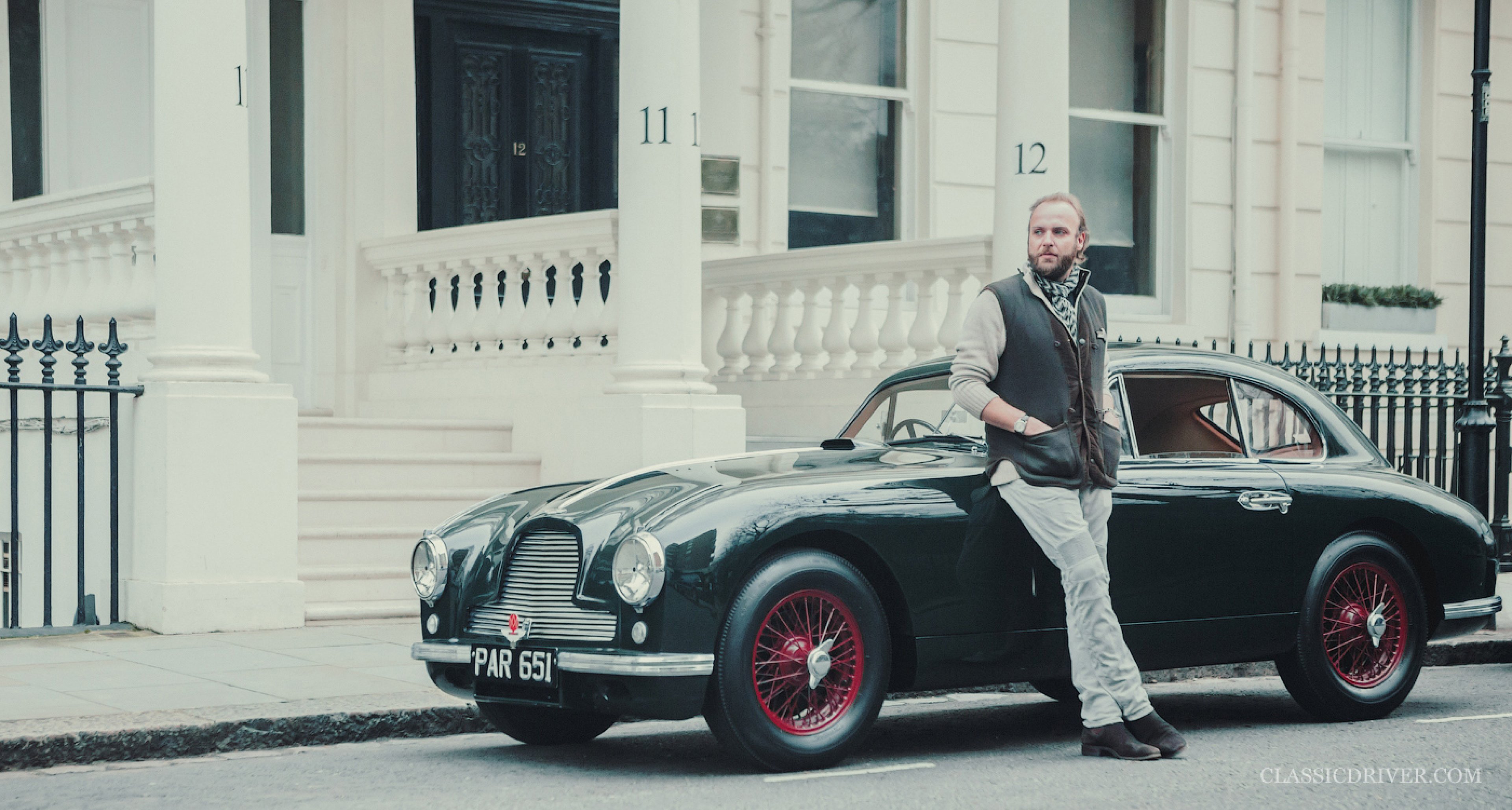
This enchanting Aston Martin DB2 was owned by Victor Gauntlett – the commonly held ‘saviour’ of Aston Martin – not once, but twice. We took a trip down memory lane with Gauntlett’s son Richard, who treasures rather fond adolescent memories of this very car…
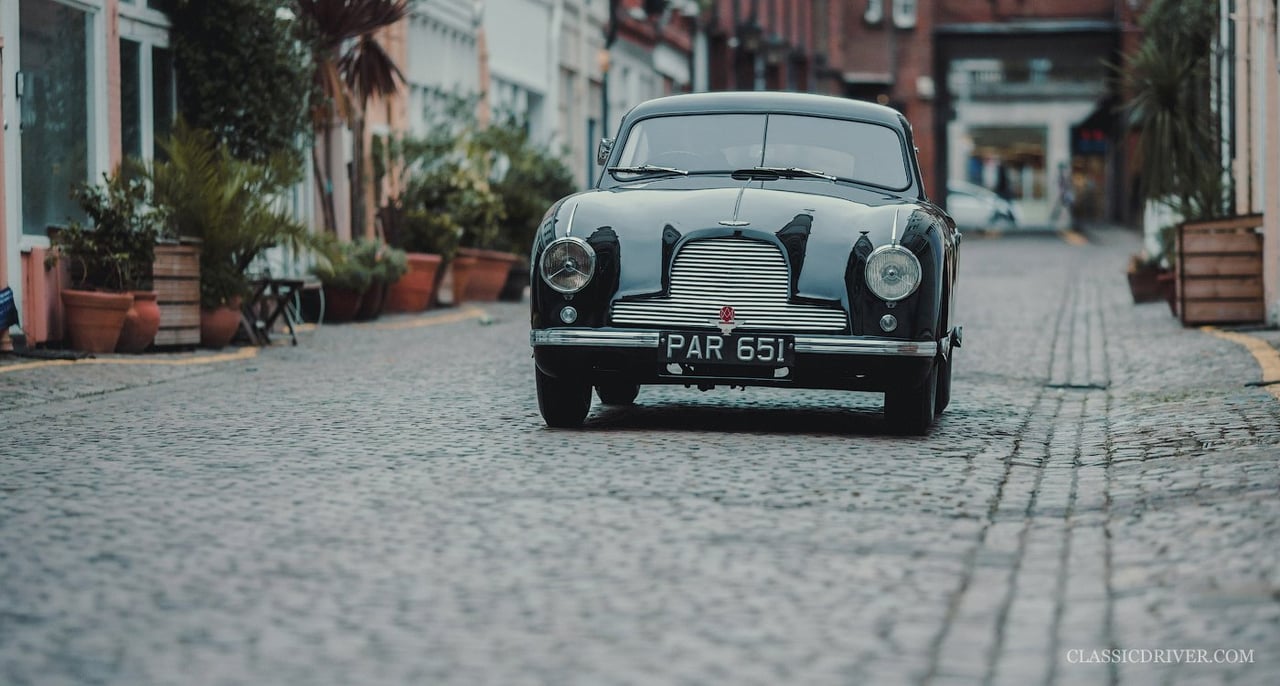
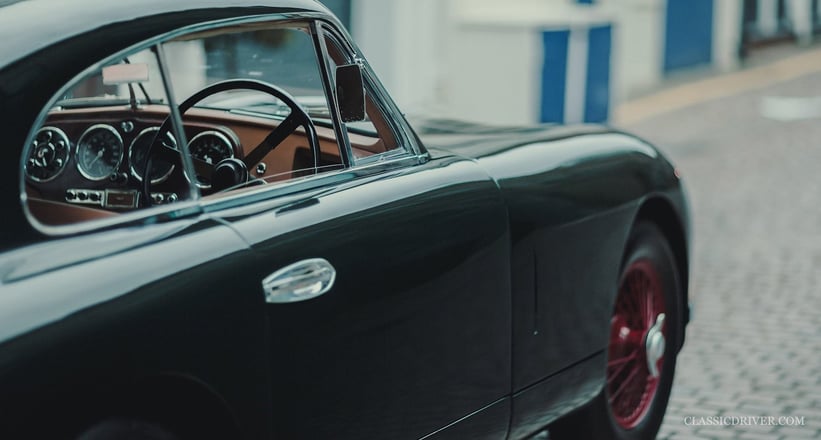
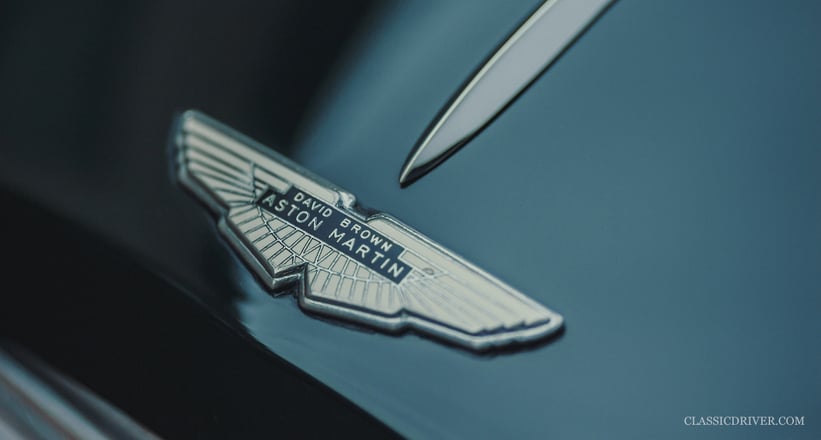
An astute businessman, Victor Gauntlett was instrumental in the resurrection of Aston Martin in the 1980s and early 1990s, overseeing the transition of the company in the face of grave financial adversity. He introduced the Virage (the first all-new model in 20 years), revived Aston Martin’s relationship with the Italian design house Zagato (a huge commercial success), and even orchestrated motorsport activities that resulted in a Works team assault on Le Mans with theAMR1. Above all, he was charismatic, and loved nothing more than to indulge in his passions, foremost his family, but also aviation and cars. Inevitably, his ever-evolving collection – with an unashamed bias towards pre-War Bentleys and Aston Martins – included countless delights such as this very DB2, which was recently for sale at Classic Driver dealer Graeme Hunt.

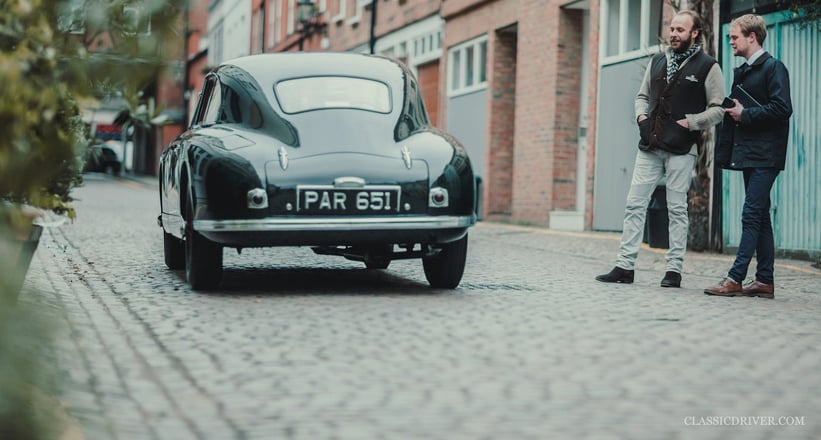
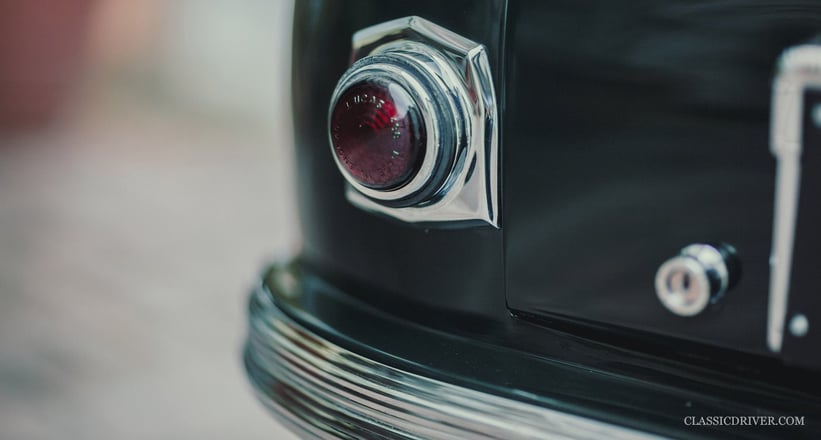
It is a 1952 model, both prettier and rarer than the later DB2/4, which has a slightly awkward-looking redesigned roof and rear window to accommodate two extra seats. The car’s immaculate condition as we saw it is credit to Graeme Hunt and his team. In his custody, the car was repainted in its beguiling (and original) shade of green that contrasts splendidly against the red wire wheels. It looked, we imagine, as good as the day it left the factory. And someone else clearly fell for its charm as, during the London Classic Car Show, at which it took pride of place on Hunt’s stand, it was sold.
Victor’s son Richard remembers the car well. He’s just flown in from the States, where he’s undertaking his latest interior design project, a career in which he’s forging his own distinct path. After a brief spell at Bonhams as a classic car specialist, he unexpectedly entered the world of interior design after he was commissioned to design the entire inside of a Gloucestershire house, down to every last detail. He subsequently established the Gauntlett Gallery in London – a place for discerning collectors to purchase entirely frivolous collectables of the highest quality and, perhaps, somewhere to stop by and shoot the breeze over a fine whisky. We arranged for Richard to get back behind the wheel of his father’s DB2, to see what memories of both the car and his father it would conjure.
What are your earliest automotive memories?
Dad had a Blower Bentley that I was scared of – every time he started it up I hid behind a fence – and I’ve got pictures of me aged about four in the back of ‘Olga’, the prototype Bentley R-Type Continental. We were very lucky to have lots of miniature cars. Dad didn’t believe in electric power, so they had proper engines. The Astons we had when we were seven or eight could do 40mph and had an Alpine stereo, Connolly leather and Wilton carpets. We’ve still a two-thirds-scale Land Rover, which is brilliant because you don’t have to be a child to drive it.
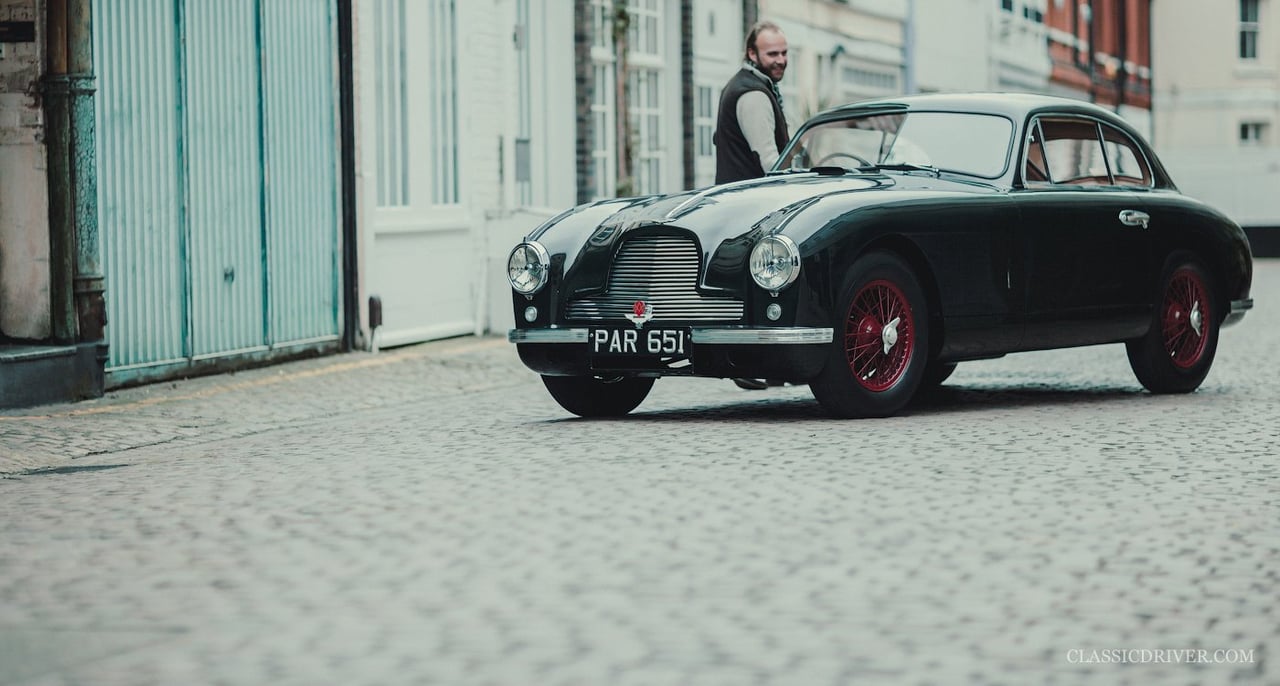
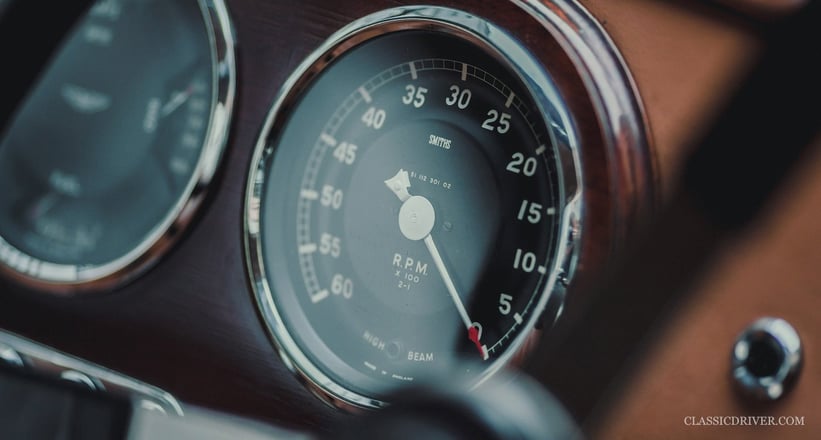
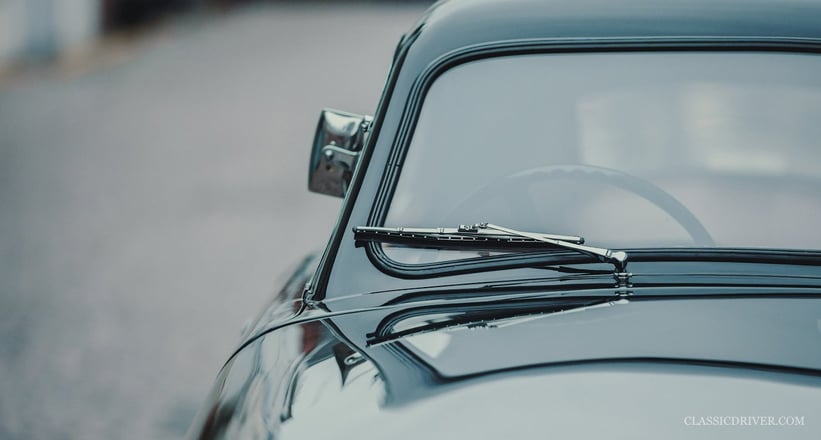
Is it right that you had one of your first seminal driving experiences in this very DB2?
This was the first proper Aston Martin I ever drove. At the time my father owned the No. 2 Birkin Blower Bentley, and he wanted to go from where we lived in Gloucestershire to pick it up from P & A Wood in Essex. I was about 17-and-a-half or 18-years-old, and had only passed my test about six months before. He chose to take this DB2, saying he’d teach me how to drive it so I could follow him home. He was quite a nerve-racking person to drive with – amusing, but highly critical – and he always used to get the most out of cars. So we set off and, after about an hour, it was my turn to take the wheel. I was halfway out of the layby and I think I stalled it.
We arrived at the garage and he picked up the Blower, shouting, “Follow me”, before setting off like a scalded cat. Following him was an absolute nightmare because he drove the doors off, but it was a highly memorable drive. My father didn’t mess around – he once got banned from parade laps at Le Mans after he overtook the pace car and went through the speed trap on the Mulsanne at 124mph. We’ve still got the amazing photo from the speed trap, showing the glowing-red exhaust manifolds of the Bentley. He also owned a DBR2, in which he famously did the Mille Miglia with Prince Michael. The Royal Protection Squad Range Rover blew its engine trying to keep up. Anyway, by the time I got home to Gloucester around two hours later, I was sweating buckets and utterly exhausted. It was highly stressful, but great fun.
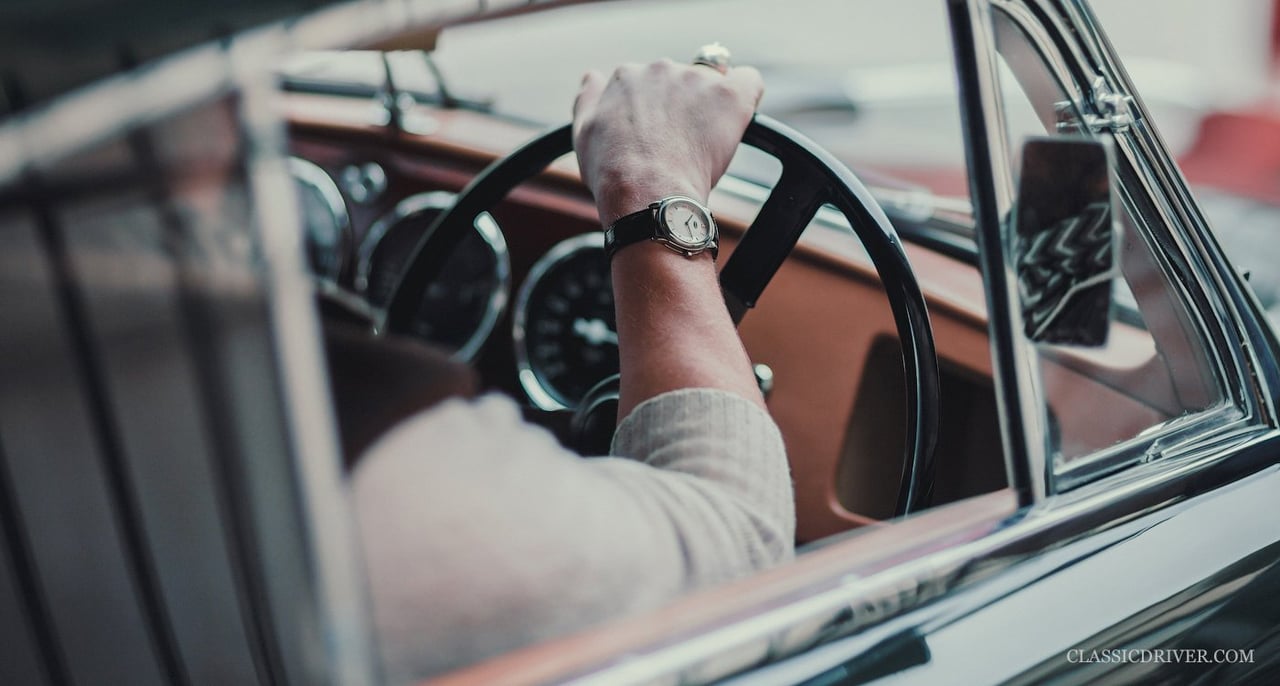

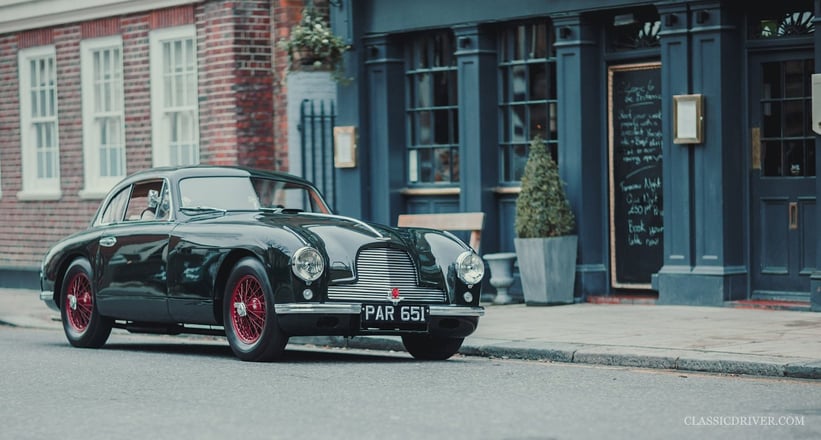
He must have liked this car, then?
Absolutely. He bought it from Lukas Hüni with whom he did a lot of business, and it had also been owned by John Donner, who was known for his sensational restorations. If you see the history file of this car, everything was done to the Nth degree. Dad had it for a while but then it went off in a deal. As with a lot of the cars he sold, he regretted it, and five months later it reappeared. It’s just a great car – underrated and significantly quicker than you’d expect it to be; yet it still feels quite vintage. I personally think it’s a much more interesting drive than the DB5. They have an image of being quite stately, but I don’t think they are – I think they’re quite brutish and cool. In a way, it’s a single-car collection because you can use it to go to the shops or the pub, or you can go and do the Mille Miglia.
Do you have any other memories of this car?
I did once join my father on a drive before I passed my test, and I remember being very impressed by the car. We were on the Fosse Way – a superb stretch of road between Cirencester and Morton-in-Marsh – early one morning, and we were absolutely howling along. It’s bizarre because many years have passed, yet when you get in it today, you’re sitting in the same seats and holding the same steering wheel…
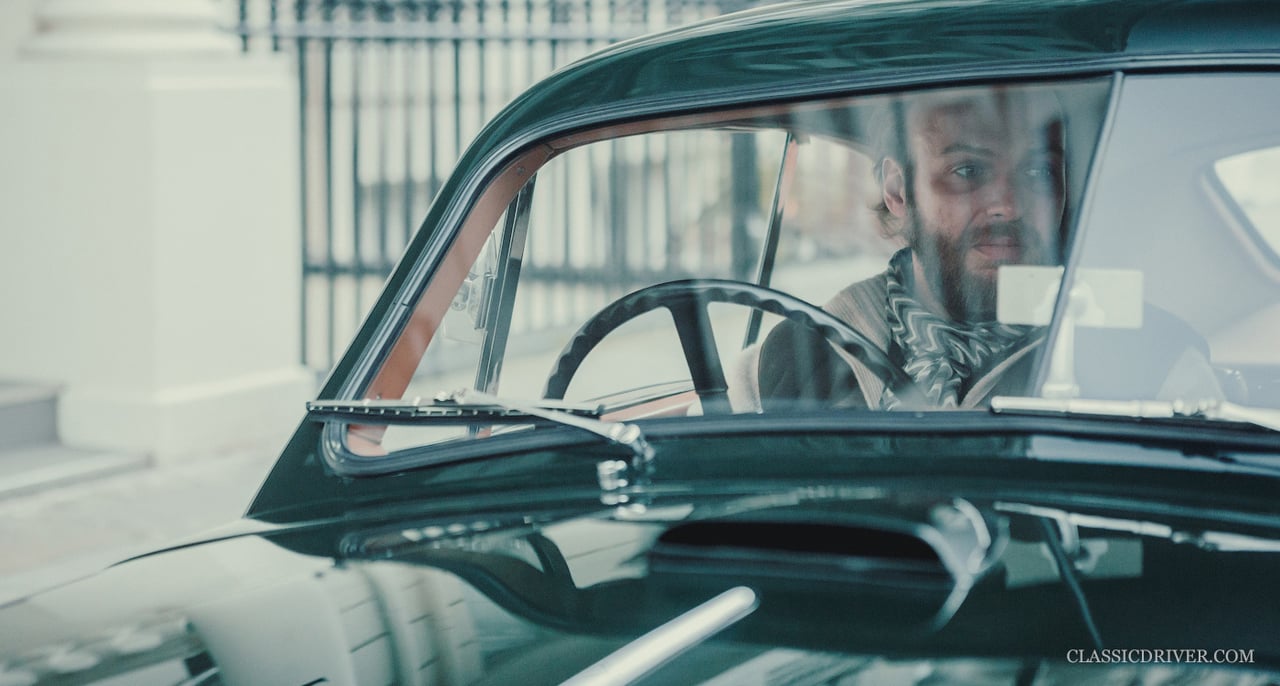
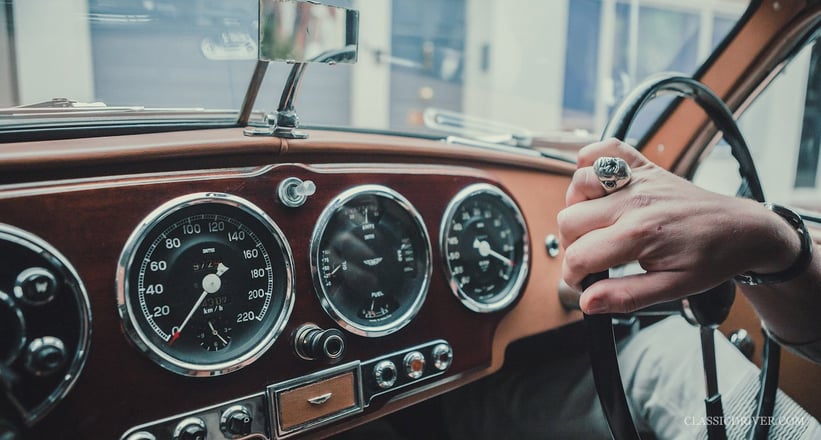
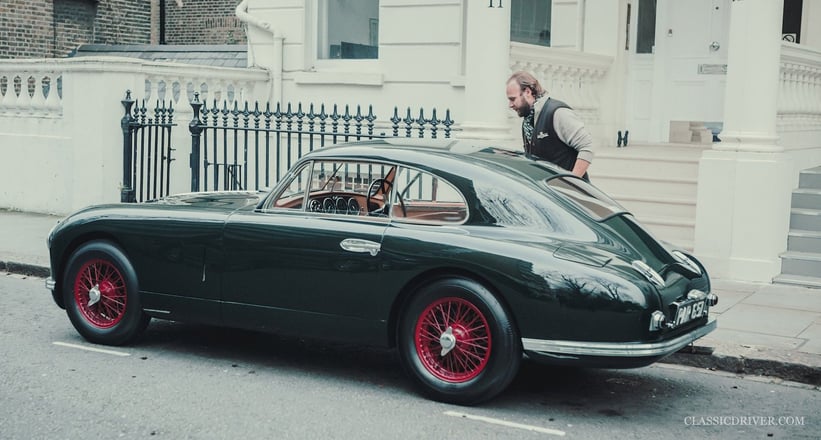
How does it make you feel?
Well it’s slightly mixed because dad’s gone. It’s an emotional experience – I’ve been reunited with several of his cars, and it’s always the same, especially if it was something that he really liked. It’s funny because we’re having the same conversations about the car – how it drives, what great value it is, etc. – as I had with him. I’d rather have this than so many other things. He had a DB3S for several years and I think he held off getting a DB2 for fear of it being a bit pedestrian, but was so pleasantly surprised that he ended up keeping this one, and even buying it back again. He always felt that these early DB cars were very much the spiritual successors to the pre-War Bentleys, for which he had a particular penchant.
How do you feel when you see a modern Aston Martin?
I’m still very proud of Aston Martin because it is an amazing global brand that might not exist if it weren’t for my father. As he said in a number of interviews, “I didn’t want to be the person to explain to my grandchildren that I was in a position to help a dying company and I didn’t do anything about it.” He felt very strongly about the preservation of British culture and did a lot for British charities. But the modern stuff is not particularly to my taste, simply because neither are modern cars in general. I would love to see a bigger brother take over Aston Martin – I think what BMW has done with Rolls-Royce is wonderful, clever and very sensitive.
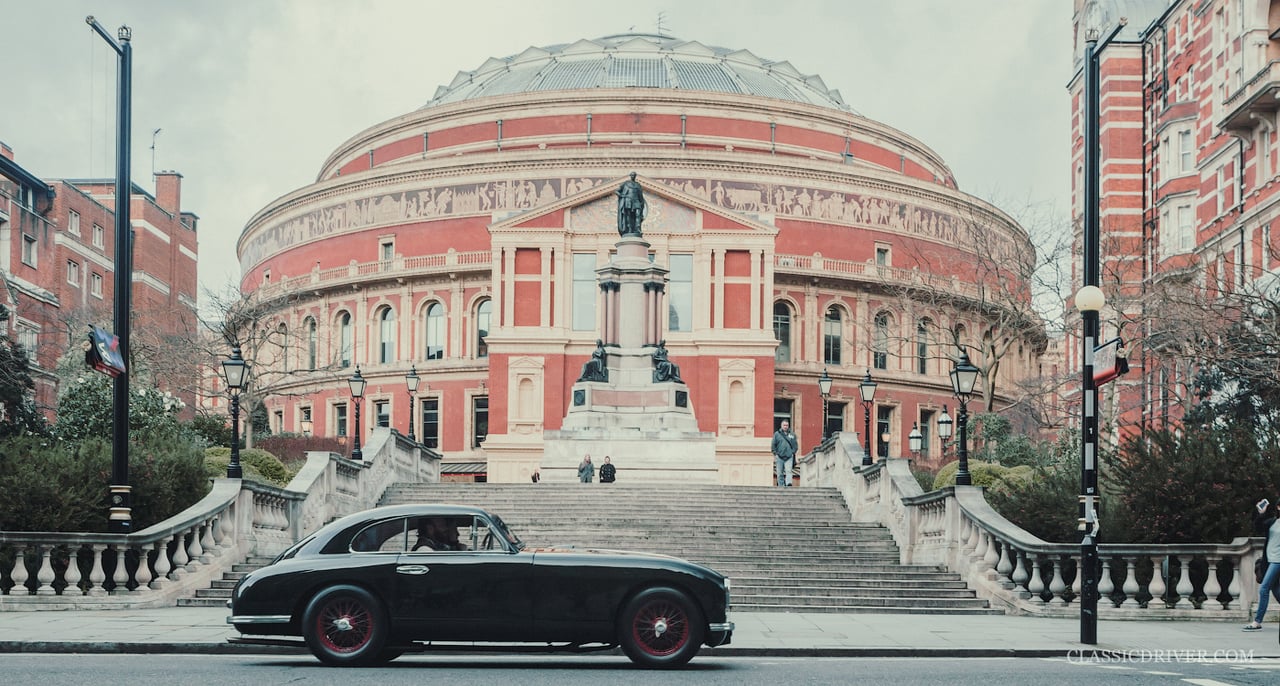
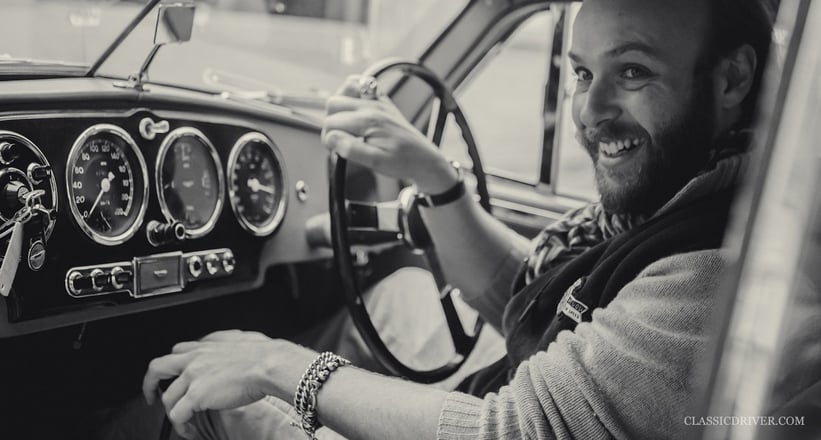
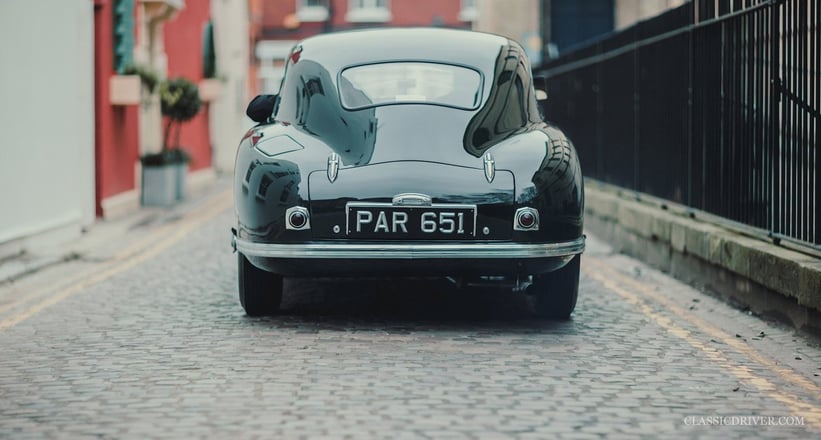
Taking on Aston Martin certainly wasn’t an easy task, was it?
Well as he used to reply when asked how he would make a small fortune of Aston Martin, “start with a big one”. It wasn’t easy, and he was run ragged for many years. I spoke to him about it long after, during one of those rare father-son conversations at midnight over a glass of whisky, and he said he wouldn’t have done it any differently again, because he thought it was worth doing. When he took over, the company was building 3 cars a week, and he managed to get it to five cars a week and so on. It sounds crazy today.
How do you think he’d feel about Aston Martin today?
I think he’d be pragmatic in that the management has done what it had to do to keep up with the modern world. When I was a child it still looked like a blacksmith’s workshop. If you look at photographs of the factory when the V8s were being built in the 1980s, you can see panel beaters on wooden benches, bits of metal strewn over the floor, vices etc. That couldn’t exist now. I think it’s a shame that it hasn’t yet, in my mind, surpassed the original Vanquish – an amazing car considering it was built at Newport Pagnell when the company was still a bit archaic.
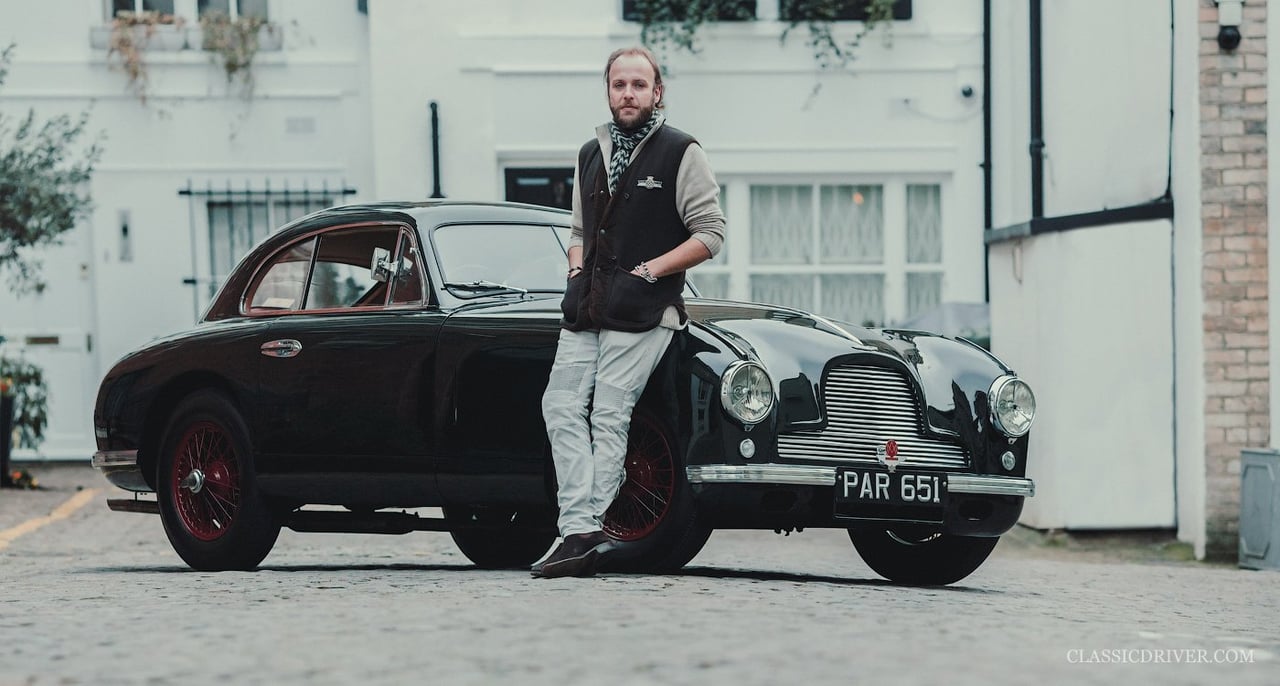
Your father was very keen on motorsport, and putting Aston Martin on the world stage…
Talk about the agony and the ecstasy of taking a team to Le Mans! Aston Martin has chosen in the last few years to forget that the Nimrod and AMR1 projects ever happened, which quite frankly I think is an insult to the many people who worked so hard and did very well against all the odds. For Nimrod to come seventh overall at Le Mans was amazing, and people were always so enthusiastic about Aston Martin for being the underdog. When Aston returned to La Sarthe with the DBR9, the spiel the commentators were given portrayed it as though this was the first time the company had been back since it won in 1959, which is untrue and a bit of a dig in the ribs.
What are your fondest memories of your father?
He was such a great man, with a heroic sense of humour. What was so impressive about him – and looking forward I wonder if I’ll ever be able to do the same – was how he kept so many things going and looked after so many people, yet still found time to be the most attentive parent. As I get older, my appreciation of how he did what he did grows. As a result, even though he’s gone, my family remains very close. I can still smell the Gloucestershire air as he left for work in his V8 on a cold early morning…
Photos: Peter Aylward for Classic Driver © 2016
The car featured in this article has now been sold, but you can find a broad selection of Aston Martin DB2s for sale in the Classic Driver Market.
